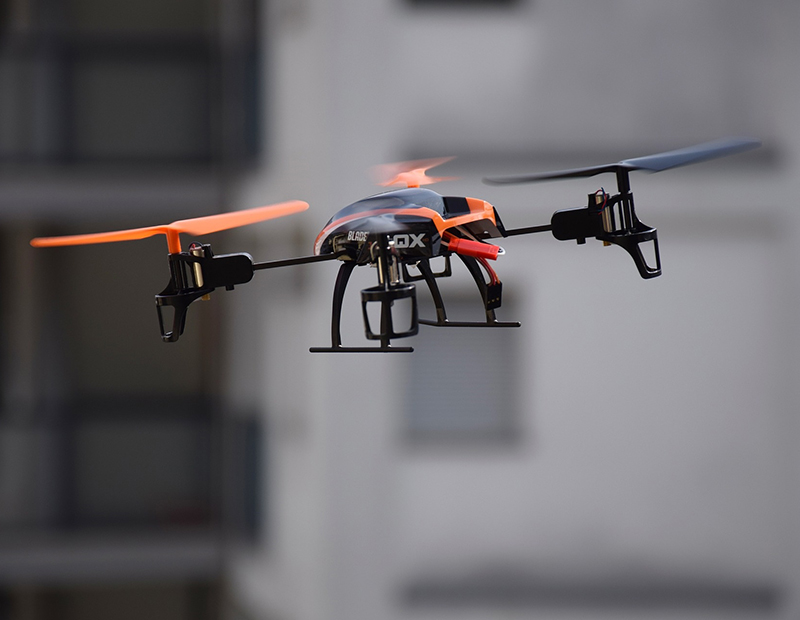Tech Keeps Construction Industry Working, JLL Finds
Digital collaboration platforms are just one of the technologies that firms are relying on more due to the pandemic, according to the firm’s latest report.
The global pandemic has accelerated the growth and adoption of technology in the construction sector, according to JLL.
READ ALSO: Introducing the “CDO Stack” and the Rise Chief Digital Officer in CRE
“The urgency and severity of the pandemic condensed technology adoption that likely would have taken three years at a normal pace into a single year,” according to JLL’s State of Construction Tech 2020 report.
In an effort to continue moving forward with development endeavors safely and efficiently over the last nine months, players in the construction industry have increasingly turned to construction technology. For starters, as was the case with many office-using businesses, the construction industry began relying on remote work for office employees.
JLL points to a U.S. Chamber of Commerce survey that indicates that 67 percent of construction firms have employed remote work due to the pandemic, with smaller local firms boosting the numbers as new users of the remote-work system.
Remote work, however, is just one piece of the mushrooming adaptation of technology in construction. Technology has played a vital role in onsite execution amid the pandemic. With the use of scanning tools, virtual walkthroughs, virtual inspections and digital issue tracking, the construction industry has been able to continue activities that have traditionally been conducted face-to-face.
Additionally, tech solutions such as monitoring devices that ensure social distancing and enable contact tracing are being utilized as effective tools in providing onsite safety.
Speedy adoption yields growth
The pandemic-related accelerated adoption of construction technology has bolstered a variety of technologies. Digital collaboration platforms, which fall into the category of foundational technology, have experienced a high degree of growth as companies rely on these cloud-based tools to facilitate the remote retrieval and alteration of schedules, design drawings and the like.
In the secondary impact technologies category, safety focused wearables—devices attached to or embedded in hard hats, vests, boots and other items—have also substantially increased in use as the construction industry navigates the pandemic.
Virtual scanning, a primary impact technology, has recorded rapid growth amid the pandemic as well. Scanning tools are frequently combined with automated cameras and laser scans to collect data at exceptional rates. Interior scanning, for example, has moved up on the list of essential construction tech as a means of conducting virtual walkthroughs and replacing eyes onsite in general.
Looking ahead, JLL believes scanning and other primary impact technologies such as drones will have a more prominent place in construction. “[Primary impact technologies] are the categories we expect will have the greatest overall impact on the construction industry in the next few years,” according to the JLL report. “They are more mature than the secondary impact tools and have developed to a point where they can increase the efficiency of current projects if implemented today.”
Read the full report by JLL.









You must be logged in to post a comment.